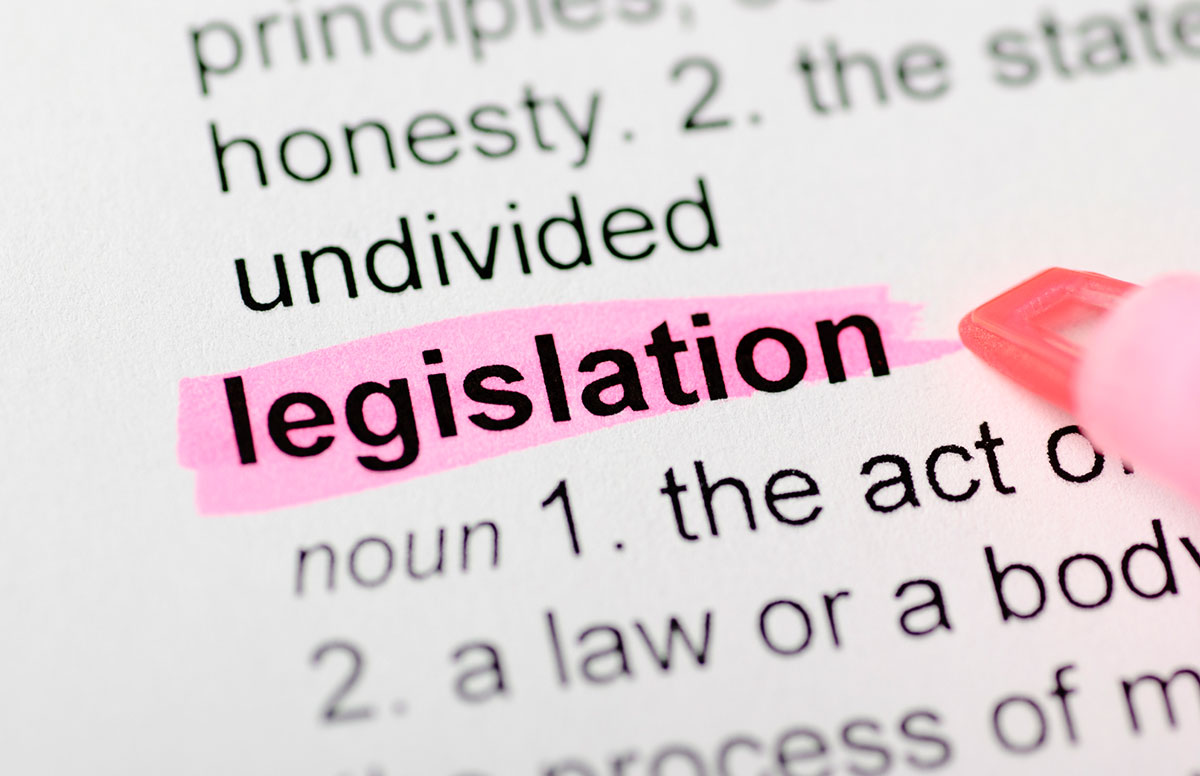Living with COVID: Week 7
This Week’s Highlights:
Volume Twelve: Air Date 5.2.22. “Post-Acute Sequelae of COVID”
It is time for an update on long COVID or what is sometimes called post-COVID syndrome or PASC – Post Acute Sequelae of COVID-19. It is likely that among staff, patients, and residents, you are seeing some folks with long COVID. Here is a brief summary of what researchers and clinicians are learning:
· Long COVID is still poorly understood and has no standard definition or treatment, though a great deal of research is underway.
· A new study presented in April at the European Society of Clinical Microbiology and Infectious Diseases suggests that 6 in 10 patients had at least one COVID-19 symptom four weeks after infection, and that symptoms that don’t resolve by 15 weeks are likely to persist for at least a year. The most common symptoms were fatigue, shortness of breath, and irritability.
· Even people with mild or asymptomatic infections can experience long-lasting symptoms but people with more severe disease are twice as likely to experience difficult ongoing symptoms.
· It is not known how many people develop long COVID after infection – estimates range from 30% to 60%
· A recent UCLA study showed that ethnicity, older age, and socioeconomic status were not associated with the syndrome even though those characteristics have been linked with severe illness and greater risk of death from COVID-19.
· Like the COVID-19 infection, long COVID can affect many different organ systems. Most commonly reported symptoms include: fatigue, brain fog and difficulty concentrating, breathing difficulties, joint pain, heart problems, sleep difficulties, and neurological symptoms. Some people seem to develop Type 2 diabetes after having had COVID.
· More women than men report long-COVID
· Recent studies show that people who have been vaccinated prior to getting COVID are about half as likely to develop long-COVID as those who have not been vaccinated
· Several studies suggest that there are four biological factors that are associated with whether a person will develop long COVID. The first is the level of RNA in the blood at diagnosis, which correlates with infection severity. The second is the presence of autoantibodies—those that attack the patient’s own body. Third is the reactivation of the Epstein-Barr virus, a common, relatively harmless virus that most people are infected with and recover from early in life. The last is Type 2 diabetes.
· The exact mechanisms underlying long-COVID are not yet clear, though there are several leading theories. It may be that long-COVID has several different sub-types.
· At this point treatment for long-COVID mainly consists of addressing symptoms through occupational therapy, respiratory therapy, mental health support, and peer support.
Volume Thirteen: Air Date 5.4.22. “What is a Controlled Pandemic?”
Just when we thought we understood the basics of being in a “pandemic” vs. and “endemic” state with this COVID 19 (even if we’re still not sure which one we’re IN,) a new concept emerges, courtesy of Dr. Fauci: a “controlled pandemic” phase. This phase, Fauci defines, is somewhere better than a full-blown “pandemic” but not yet the livable day-to-day of an endemic state. So what does this mean? And why is all this so hard to define? A Time magazine article recently took a shot at figuring it out.
From a public health perspective, put succinctly, a “pandemic” means maintaining what we already know: masks, social distancing, travel restrictions, quarantining, etc. And, an “endemic” state is like what we do with the flu: encourage vaccinations, good infection control hygiene such as hand washing and cough-covering, etc. – but certainly much looser on requirements and restrictions.
The problem is, knowing when to move from one to the other is unclear and undefined, because, to quote the article, “There are no metrics for determining when to dial down an initial urgent response, or to pull back on drastic measures such as lockdowns and mask mandates.”
Public health experts thus track the COVID statistics on community prevalence, hospitalization and death rates, vaccine acceptance, and use of therapeutics to try to determine how we should proceed. And as all of those metrics are starting to trend in the right direction, Fauci believes we can enter into an ‘in between’ state where some federal restrictions and mandates are loosened, such as the “federal mandates that people wear masks in indoor settings, and on public transportation including subways, buses, trains and planes, as well as requiring proof of vaccination for certain gatherings at sports and entertainment complexes.”
So why can’t we just relax into an endemic state now, and move on? Well, for the following reasons:
· Although the vaccines are highly effective, none are 100% capable of preventing infection or disease, and some of the newer strains aren’t as well controlled by current vaccines.
· Over time, as the virus mutates, a more virulent strain could lead to more serious disease, and the current vaccines and drug treatments may not be as effective.
· Scientists are still learning what is takes to fully protect someone from COVID 19. We still don’t know how to prevent infection, and what level of immunity is needed in order to do so – especially to prevent severe illness, hospitalization and death.
Until we know exactly what level and what type of immunity is needed, we’re not likely to advance into that desired endemic state. Experts don’t even agree right now that we should shift into the ‘controlled pandemic’ state Fauci recommends. The emphasis on individual responsibility for COVID self-protection – deciding to the mask and distance and test based on personal risk categories – has become a big part of the conversation, and the article reminds us that hey, even when we do move into an endemic state, COVID will still be a big threat for certain groups of people – including the older adults we serve.

Most Recommended
July 03, 2025
 Budget Reconciliation 2025
Budget Reconciliation 2025
June 27, 2025
Pathways for Foreign-Born Workers
Recently Added
July 03, 2025
 Update and Insights: SNF Off-Cycle Revalidations
Update and Insights: SNF Off-Cycle Revalidations
July 02, 2025



